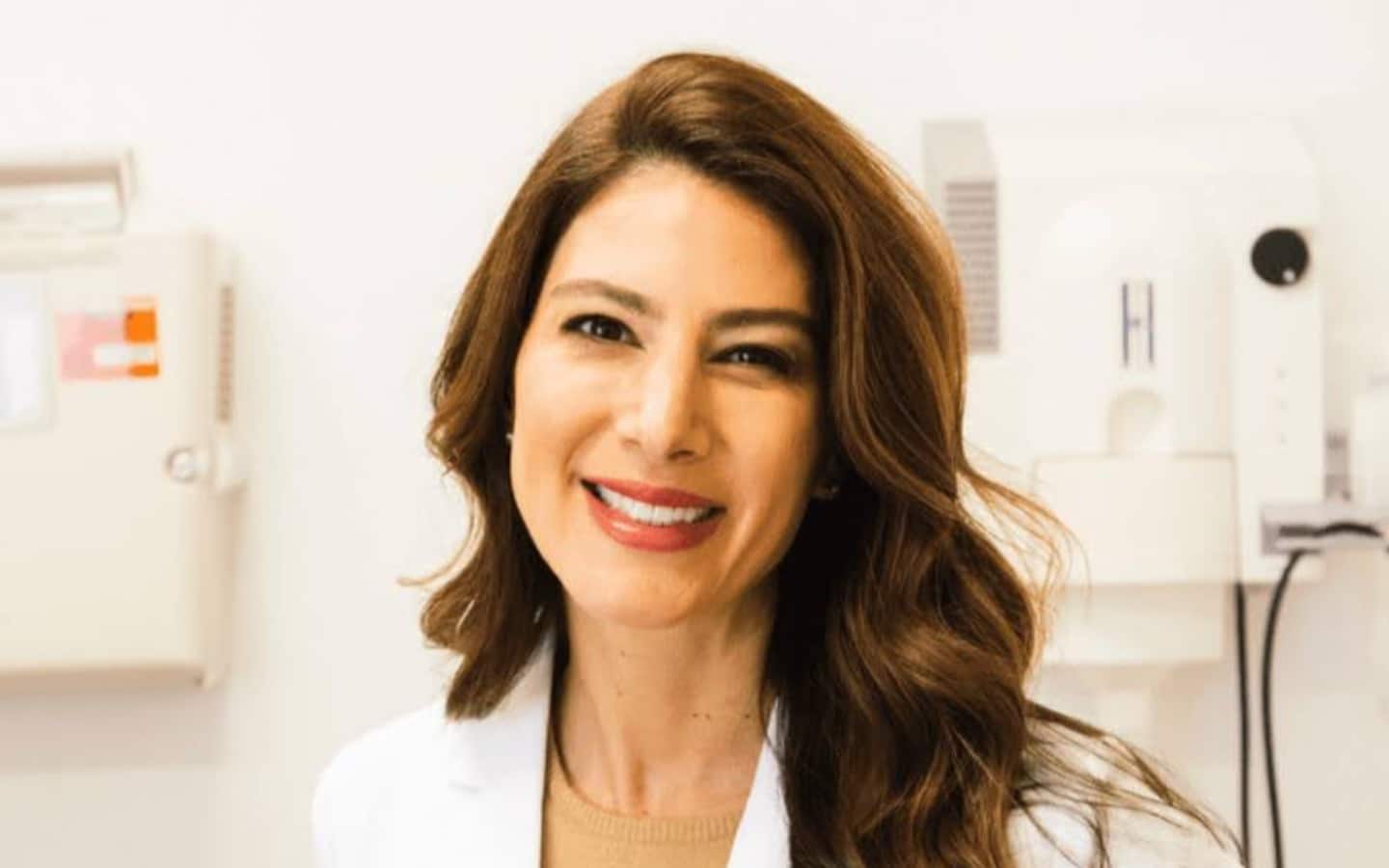
Sun Protection and Vitamin D
Sun Protection and Vitamin D: No Trade-off Necessary
By Claire Wolinsky, M.D.
Vitamin D is essential for bone health as well as in supporting our immune system. It doesn’t
take much sun exposure to provide sufficient vitamin D levels. In fact, only 10-15 min of sunlight
several times a week can lead to sufficient vitamin D in the summer months. But there are other
sources of vitamin D as well from our diet. For example, salmon, mackerel and tuna as well as
other fatty fish can be great sources as well as egg yolks, cheese and milk.
A common misconception is that sunscreen will block absorption of vitamin D. This is not so.
First of all, sunscreen doesn’t affect the body’s ability to produce vitamin D. Also, sunscreen is not
100% protective against UV rays and, more importantly, most everyone significantly misuses
sunscreen. We don’t use enough sunscreen nor do we reapply frequently enough for optimal
protection.
More importantly, we do know that regular use of sunscreen lowers the risk of skin cancer. UV
rays are damaging to DNA which mutates genes and cumulatively increases your risk for skin
cancer. This risk greatly outweighs the concern for vitamin D deficiency.
I always advise my patients to start their day with sunscreen SPF 30 and above. Even on cloudy,
colder days there are UV rays and sunscreen is protective against photoaging in addition to skin
cancer. Reapplication is recommended every couple of hours when outdoors or by a window. The
most important advice I have for someone asking which sunscreen (besides spf 30+) is whatever
you will actually use. While there are some differences in physical versus chemical sunscreens, it’s
not nearly as important as the consistent use.
Claire Wolinsky, M.D. is a board-certified dermatologist who treats both medical and
cosmetic concerns in her Manhattan practice. IG: @drclairederm

